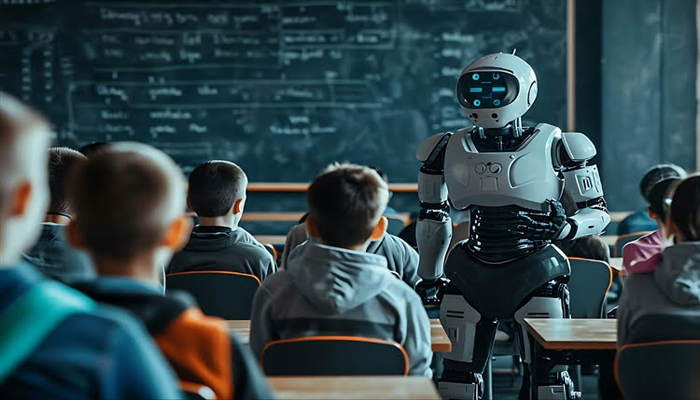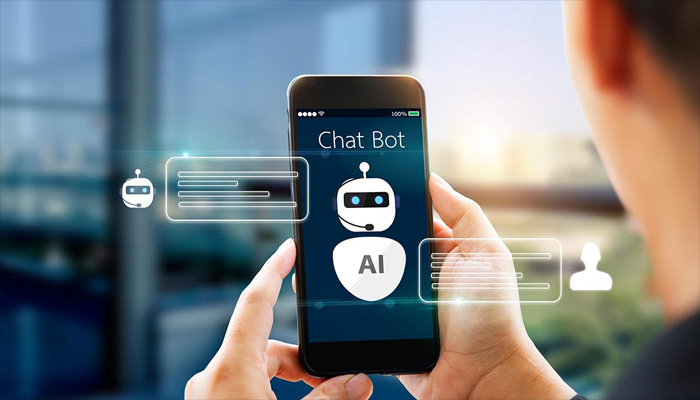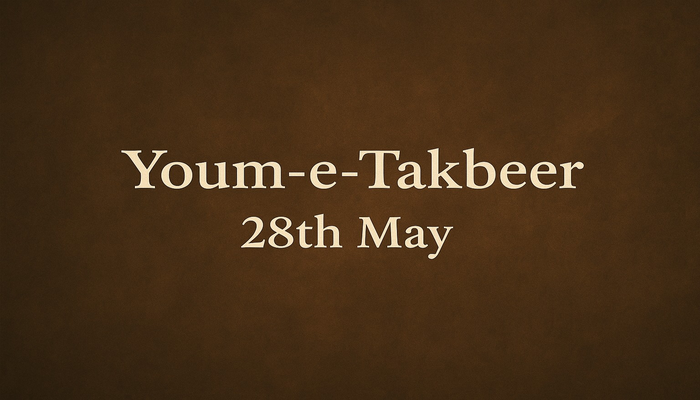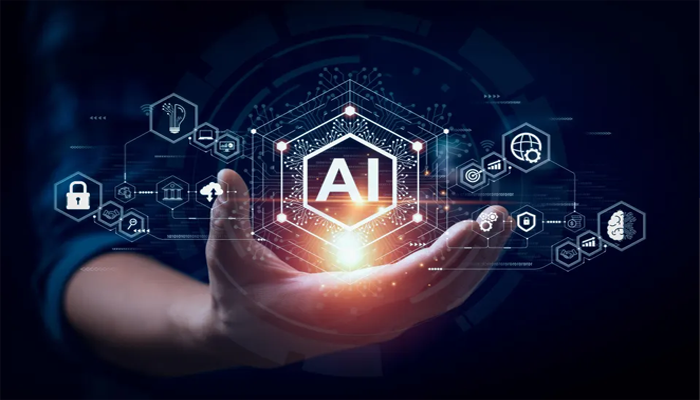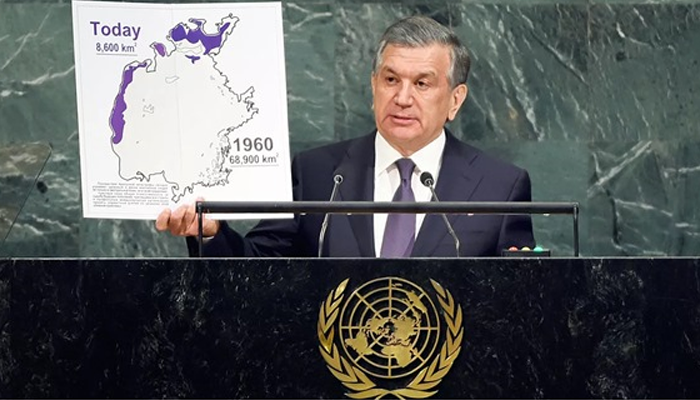By: Muhammad Faizan Khan
A Lead SQA Engineer and Project Manager with expertise in AI, Agile, and software quality.
As artificial intelligence enters the classroom, the question isn't whether it will replace teachers but how it will transform what teaching truly means.
In the past year, generative AI tools like ChatGPT, Khanmigo, and ScribeSense have taken their seats in schools around the world. From automating grading to tutoring in real time, artificial intelligence is no longer an abstract future in education, it's the present. With AI handling tasks once thought to be squarely within a teacher’s domain, it’s natural to ask: will AI eventually replace human educators altogether?
The short answer is no. But the long answer is more complicated, and perhaps more unsettling.
Artificial intelligence has demonstrated astonishing proficiency in providing personalized instruction. Adaptive learning platforms can analyze a student’s strengths and weaknesses in milliseconds, adjusting questions or pacing on the fly. In some studies, AI tutors have even outperformed human instructors in narrowly defined tasks like helping students prepare for standardized math exams.
But while algorithms can deliver content, they don’t teach in the holistic sense. Real teaching is not just about instruction, it’s about inspiration, empathy, and the intricate, often invisible labor of human connection.
A 2023 report by UNESCO warned against the “over-automation” of education, citing the psychological importance of human relationships in student development. Teachers do more than convey knowledge: they identify when a child is distracted because of trouble at home, when a student needs encouragement rather than correction, when a silence isn’t confusion but shame.
AI has no instinct for these moments. No algorithm can scan a room and feel its energy change.
Classrooms are emotional ecosystems. Research in educational psychology shows that students learn better when they feel safe, seen, and supported, conditions that depend heavily on the emotional intelligence of teachers.
Consider “teacher immediacy,” a well-studied concept describing the ways educators build rapport through gestures, tone, and eye contact. These subtle cues help reduce student anxiety and foster engagement. No chatbot, no matter how advanced, can replicate this dynamic. Its presence is synthetic. Its empathy is simulated.
Even when AI systems are designed to sound compassionate, say, by mimicking therapeutic language, the experience is fundamentally different for students. It’s not just that machines lack genuine emotion; it's that students know they lack it. This awareness changes how they engage.
Still, we should resist the temptation to romanticize the current state of education. Classrooms are overburdened, teachers are underpaid, and students are increasingly disengaged. AI could help, meaningfully, if deployed wisely.
Think of it not as a replacement but a co-teacher: one that automates tedious administrative work, generates differentiated exercises for students, and provides instant feedback at scale. That could free human teachers to do what only they can do, facilitate dialogue, build community, and mentor young minds through the chaos of growing up.
But therein lies the rub. When schools are under financial pressure, AI will be pitched not as a supplement, but a substitute. Why hire three teachers when one teacher and an AI assistant will do? Why invest in professional development when software promises scalable instruction?
These are not hypotheticals. In some U.S. school districts already struggling with teacher shortages, administrators are experimenting with AI avatars leading remote classrooms. It’s a dangerous slope.
At its core, education is not merely about information transfer. It’s about values, identity, and belonging. Teachers are stewards of this sacred space. To reduce their role to content delivery is to misunderstand the function of school in society.
If we replace teachers with AI, we risk raising a generation of children educated by systems that lack empathy, nuance, and moral judgment. We also send a chilling message: that human connection is expendable.
AI is here to stay in education. But the most important decisions we make in the coming years won’t be about what these technologies can do, they’ll be about what we should let them do.
The future of teaching doesn’t hinge on whether machines can replace humans. It hinges on whether we value what makes teachers human in the first place.
Let’s build a future where AI empowers educators, not erases them. Because classrooms are more than learning labs. They are, and must remain, profoundly human spaces.

